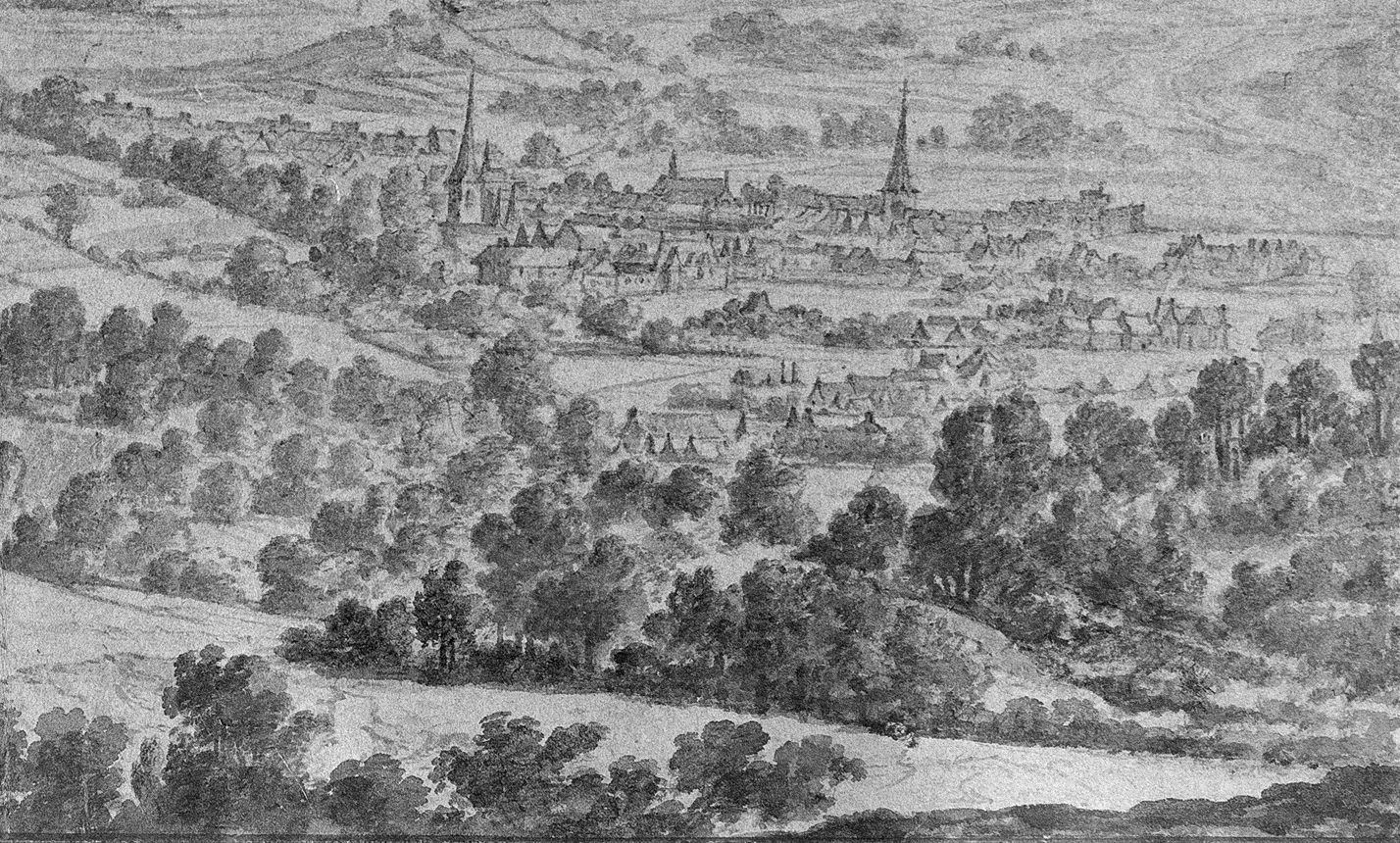In the 19th century, the railway travel brought unprecedented speed to what is now the Belgian Eifel, connecting it with distant areas. Many villages along the railway line became – by their standards – thriving settlements, thanks to the new jobs created. Agricultural and forestry products from the region could now be sold to more distant areas.
In the 1960s and 1970s, the economies of the industrialised countries of Europe gradually changed. States that had relied on the railways as suppliers of tertiary and secondary sector goods became states that concentrated more on the service sector.
An aerial photograph of the Sankt Vith railway site from 1947 is an informative source on the history of the town of Sankt Vith and its economic development. After the first setbacks in the 1930s, the railway was not completely rebuilt following the bombing during the Second World War. Regular passenger service on the Vennbahn was discontinued in 1950, and freight service followed in 1982. The once large and now seemingly abandoned railway site is a silent witness to this development.
From the second half of the 20th century, the car became the main means of transport. The Eifel-Ardennes motorway was built next to the railway line. The Sankt Vith Triangel is also evidence of social change. Since 2009, the former goods station has been home to a modern service and cultural centre. In the 2000s, a cycle and walking path was added to the road. A large residential area has been built next to it. This too is evidence of social change in the Belgian Eifel. Whereas a few decades ago, detached multi-generational houses were the norm in rural areas, today the villages are increasingly characterised by owner-occupied flats for smaller families.
Image source: WalOnMap, https://geoportail.wallonie.be/
